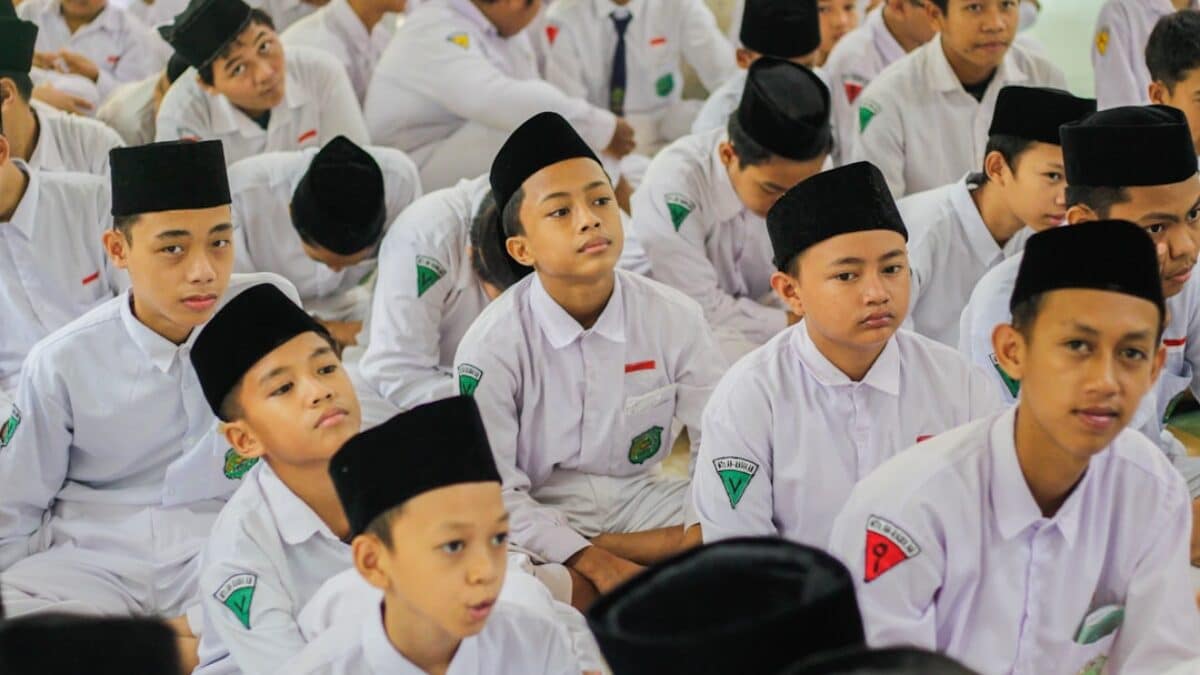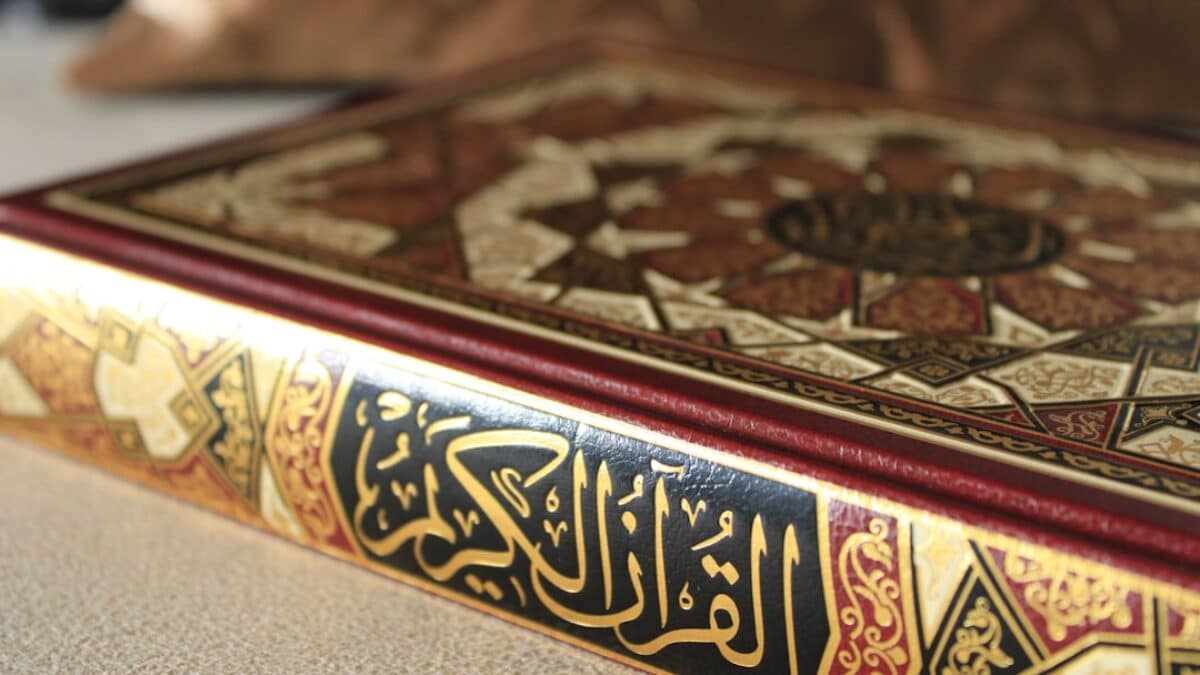Colorful flash-cards, scented markers, and a room that rings with giggles—this is the new face of Tafsir Fun for Little Muslims. Instead of dry lectures or dense Arabic footnotes, children today are meeting the Qur’an through vibrant stories, playful games, and bite-sized reflections on its shortest chapters. By focusing on the short Surahs at the end of the Mushaf—those that fit on a single page yet overflow with meaning—parents and educators can spark a life-long love of revelation before kids even learn to tie their shoes.
Understanding Tafsir for Children
Traditional tafsir (scholarly exegesis) is a labyrinth of linguistic nuance, historical reports, and jurisprudential deduction. Strip away the intimidating terminology, however, and you find a single noble purpose: helping hearts meet Allah’s words. When we translate that goal into the world of six- to ten-year-olds, the task becomes less about exhaustive detail and more about age-appropriate wonder.
What Makes Tafsir “Fun” for Little Muslims?
- Visual storytelling: Think comic strips illustrating Surah al-ʿAsr or emoji flash-cards for Surah al-Kawthar.
- Kinesthetic activities: Building a “Kaʿbah” from LEGO bricks while discussing Surah al-Fīl, or racing to stack cups labeled with the five pillars after reciting Surah al-Māʿū.
- Micro-milestones: Completing a single Surah every two weeks offers quick wins, keeping motivation sky-high.
- Community celebration: Mini “Surah parties” where families share cupcakes and recite the newly memorized verses together.
The Pedagogy Behind Colorful Lessons
Child psychologists emphasize multi-sensory learning—engaging sight, sound, and touch simultaneously. When a child colors in an outline of the elephant from Surah al-Fīl while listening to a dramatized audio of the Surah and repeating key Arabic words, neural pathways are reinforced threefold. This mirrors the classical concept of mudhākara (active recall), proving that modern science and Islamic tradition often walk hand-in-hand.
Key Components of Short-Surah Tafsir for Kids
1. Surah Selection Criteria
Not every short Surah is equally child-friendly. We prioritize:
- Length: 3–5 verses keeps attention spans intact.
- Concrete Imagery: Surah al-Fīl (elephants), al-Humazah (gossiping faces), and al-Qāriʿah (scales) are bursting with visuals.
- Moral clarity: Themes like kindness, honesty, and gratitude are easily translated into real-life scenarios children face on the playground.
2. Core Vocabulary Bank
For each Surah, extract five power words that recur in the child’s daily routine. Example from Surah al-Māʿū:
- Ḍall (lost) → “Have you ever felt lost in a supermarket?”
- Yukadhdhib (denies) → “When we say ‘No, I didn’t eat the cookie,’ are we denying?”
- Yaruʿ (drives the orphan away) → “How do we include shy kids instead of driving them away?”
3. Color-Coding System
Assign each theme a color, then splash it across worksheets, bookmarks, and prayer rugs:
| Theme | Color | Example Verse |
|---|---|---|
| Tawḥīd (Oneness of Allah) | Yellow | Surah al-Ikhlāṣ 112:1 |
| Kindness to Others | Green | Surah al-Māʿū107:3 |
| Gratitude & Blessings | Blue | Surah al-Kawthar 108:1 |
| Protection & Seeking Refuge | Pink | Surah al-Falaq 113:1–5 |
4. Story Spine Technique
Turn every Surah into a four-beat story:
- Setting: Where and when did Allah reveal this?
- Problem: What wrong attitude or event did the Surah address?
- High Point: How does Allah respond—punishment, mercy, reminder?
- Take-away: What mini-mission can kids act out today?
Benefits and Importance
Spiritual Formation in Tender Years
Neuroscience shows that by age seven, emotional templates are largely formed. Introducing short-Surah reflection plants seeds of taqwā (God-consciousness) before cynicism sets in. Children begin to see Allah as near, loving, and speaking directly to them.
Language Acquisition and Qur’anic Fluency
By limiting scope to 3–5 verses per cycle, children absorb Arabic phonics without overwhelm. Repeating verses during coloring or hopscotch embeds correct makhārij (articulation points) and builds a Qur’anic ear that will later ease memorization of longer chapters.
Social-Emotional Intelligence
Surah themes translate naturally into playground ethics:
- After studying al-Humazah, a child might pause before mocking a peer’s lunchbox.
- al-ʿAsr becomes a mantra against procrastination on homework.
Family Bonding Moments
Parents report that five-minute nightly Surah circles replace passive screen-time and open channels for deeper conversations: “Mama, why does Allah mention elephants?” becomes a springboard to discuss historical miracles.
Practical Applications
Designing a Six-Week “Tafsir Fun” Curriculum
Week 1: All About Allah—Surah al-Ikhlāṣ
- Art: Yellow-sun handprints around the verse “Qul Huwa Allāhu Aḥad.”
- STEM tie-in: Explain how the sun is a created object that sets, but Allah has no beginning or end.
- Role-play: Kids hold cardboard “idols” and dramatically toss them into a recycling bin to reinforce tawḥīd.
Week 2: Abundant Blessings—Surah al-Kawthar
- Science: Plant fast-sprouting lentils to watch “abundance” unfold in real time.
- Service: Create blessing jars filled with canned goods for a local food bank—connecting Kawthar to generosity.
Week 3: Miraculous Protection—Surah al-Fīl
- History flash-cards: Illustrated timeline cards showing Abraha’s march and the birds dropping clay stones.
- Gross-motor game: “Stone toss” into a cardboard Kaʿbah guarded by plush elephants—symbolizing divine defense.
Week 4: Guarding the Tongue—Surah al-Humazah
- Literacy: Create a “gossip chain” with whispered sentences to show distortion.
- Art: Black crayon scribbles over a friend’s portrait, then erase and redraw with kind words—visualizing damage and repair.
Week 5: Small Acts, Big Impact—Surah al-Māʿū
- Service challenge: Each child performs one secret tiny kindness daily (tie a sibling’s shoelace, refill the cat’s water).
- Reflection circle: Share feelings when receiving unexpected help—linking back to “fa-wayl (woe) for those who make orphans feel unwanted.”
Week 6: Time is Treasure—Surah al-ʿAsr
- Math: Use a giant sand timer to visually “spend” 30 seconds on ṣabr, 30 on taqwā, 30 on ḥaq, and 30 on ṣabr again.
- Goal-setting: Kids craft “time treasure chests” (decorated shoeboxes) holding index-cards of productive habits.
DIY Resources & Templates
Color-Your-Own Mini Tafsir Booklet
Download a printable PDF with:
- One verse per page in large Arabic font, plus transliteration and child-friendly English.
- Border patterns for mindful coloring, embedding keywords in bubble letters.
- A tiny “Parent Prompt” box: “Ask your child: How did Allah protect the Kaʿbah?”
QR-Linked Audio Clips
Each page corner includes a scannable QR code leading to:
- A melodious recitation by a child qāriʾ to model pronunciation.
- A 60-second storytelling snippet by a certified ʿālimah in age-appropriate language.
Adapting for Different Age Bands
| Age Range | Focus Shift | Example Extension |
|---|---|---|
| 4–5 years | Sound & rhythm | Clap out syllables of al-ḥamdu like a drumbeat. |
| 6–7 years | Story sequencing | Place picture cards in order to retell the elephant event. |
| 8–9 years | Moral dilemmas | Debate: “Is hiding your brother’s toy a form of humazah?” |
| 10–12 years | Cross-text links | Compare Surah al-Kawthar with the Zamzam story in Sīrah. |
Real-Life Success Stories
Ayesha, age 6, Toronto: After a week on al-Māʿū, she began setting the dinner table without prompting, proudly announcing, “I’m not yukadhdhib (denying) kindness!”
Ibrahim, age 9, Kuala Lumpur: Built a cardboard time-machine after al-ʿAsr, filming TikTok clips
























Post Comment